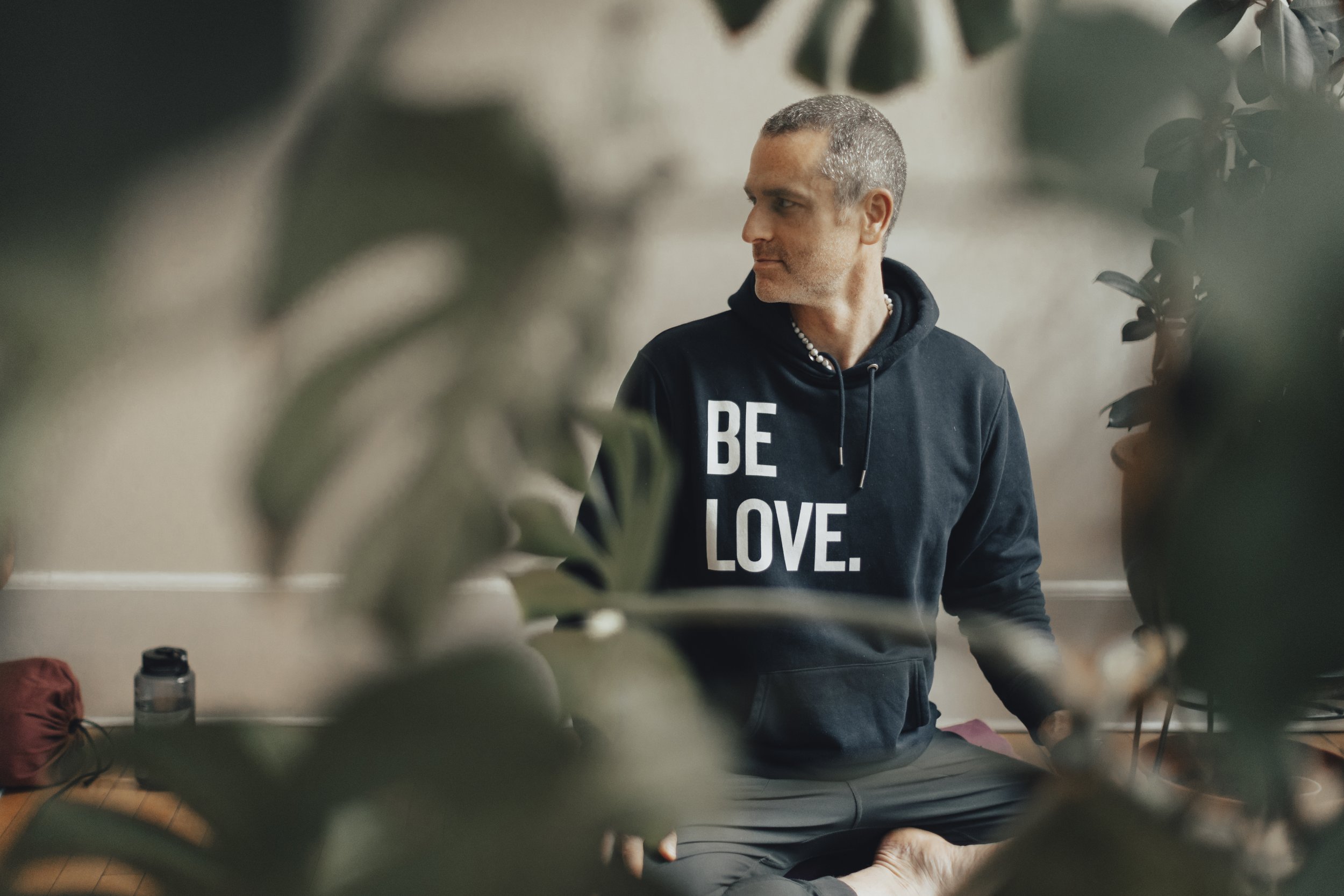
Frequently Asked Questions
What is “Holotropic Breathwork”?
Holotropic breathwork is a therapeutic breathing technique that aims to induce altered states of consciousness for self-exploration, personal growth, and healing. Developed by psychiatrist Stanislav Grof and his wife Christina, holotropic breathwork involves rapid and deep breathing techniques accompanied by evocative music in a safe and supportive setting. Participants may experience intense emotions, vivid imagery, and spiritual insights during the session. The practice is believed to access the unconscious mind and unresolved issues, facilitating emotional release and psychological integration. It is essential to undergo holotropic breathwork with an experienced facilitator to ensure a structured and safe experience.
What is “Performance Breathing”?
Performance breathing is a technique that involves controlling your breath to optimize your physical and mental performance. By focusing on your breathing patterns, you can enhance your concentration, reduce stress, and increase your overall performance. Whether you are an athlete looking to improve your stamina, a musician aiming for better breath control, or simply someone seeking to manage anxiety more effectively, practicing performance breathing can help you achieve your goals. By incorporating breathwork into your daily routine, you can tap into a powerful tool for boosting your performance and well-being.
How do we connect for our personal breathwork programs?
We will meet via Zoom for our guidance calls. I also provide direct communication and check-ins via Watsapp.
What should I consider before my breathwork journey?
Holotropic Breathwork is not suitable for those who are pregnant. There are also several important considerations to keep in mind:
Medical History: It is crucial to assess your medical history and any pre-existing conditions that may impact your ability to safely participate in intense breathing exercises.
Mental Health: Individuals with certain mental health conditions, such as schizophrenia or bipolar disorder, may be at risk for experiencing negative psychological effects during holotropic breathwork. It is essential to consult with a mental health professional before proceeding.
Physical Environment: Ensure that the space where you plan to engage in holotropic breathwork is safe, comfortable, and free from distractions. This will help you fully immerse yourself in the experience.
Post-Session Integration: After the session, allow yourself time to integrate the experience. Reflect on any insights or emotions that arose and consider journaling or discussing your experience with a therapist or support system. I will be there to support you in your integrations, as well.
Self-Care Plan: Develop a self-care plan for after the session, including activities that help you relax and process any emotions that may have surfaced during holotropic breathwork.
I encourage approaching holotropic breathwork with mindfulness and maximize the potential benefits of this powerful practice.